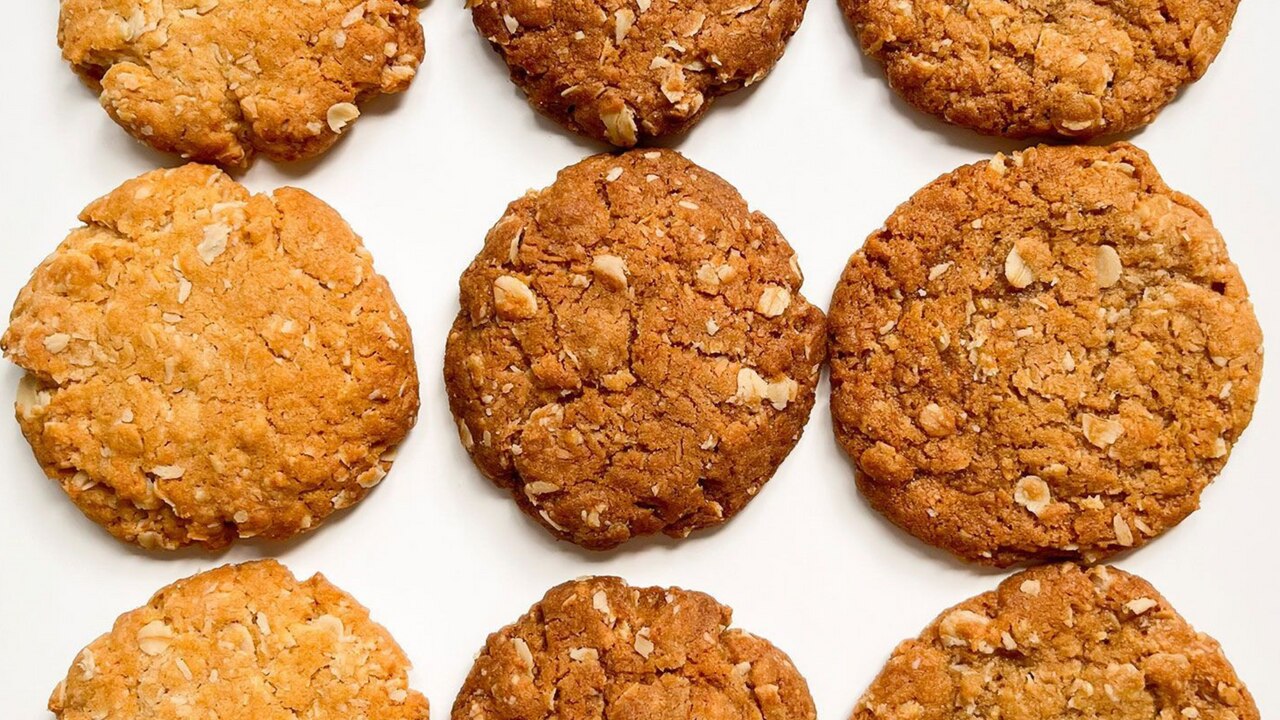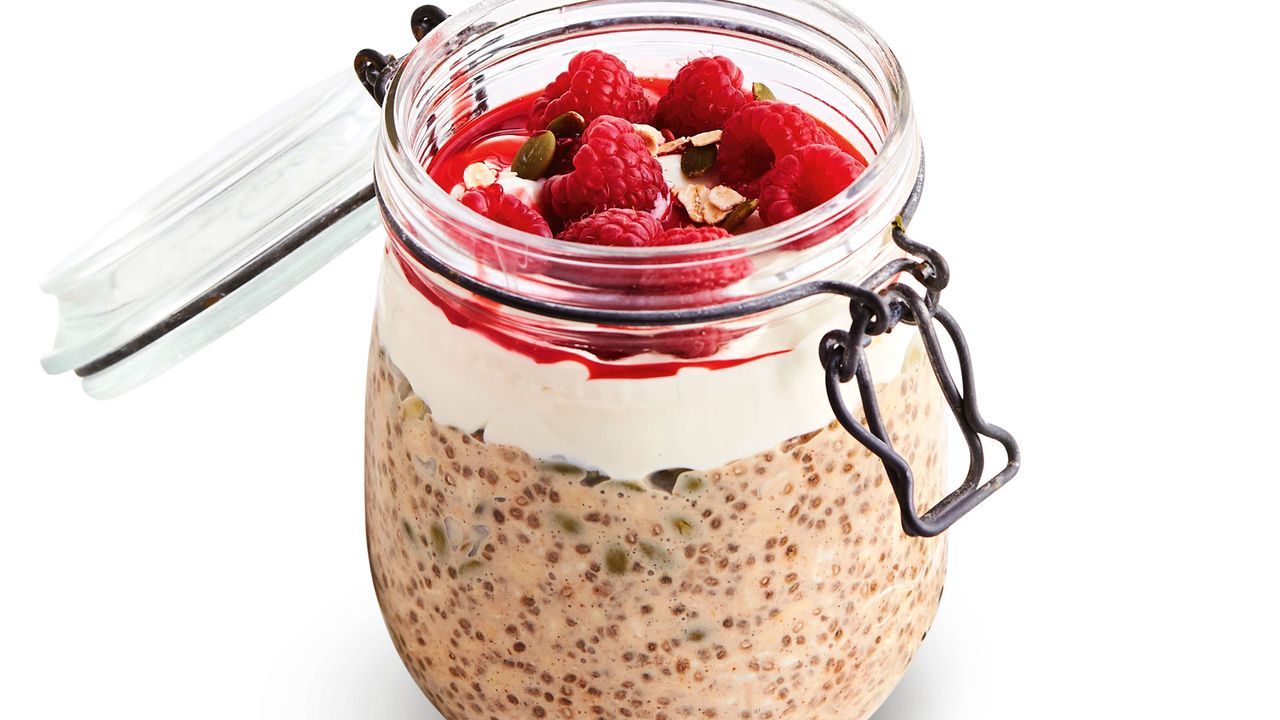Asian kitchen and pantry basics
Learn the basics of Asian cooking including stocking your kitchen with essential ingredients and handy cooking utensils.
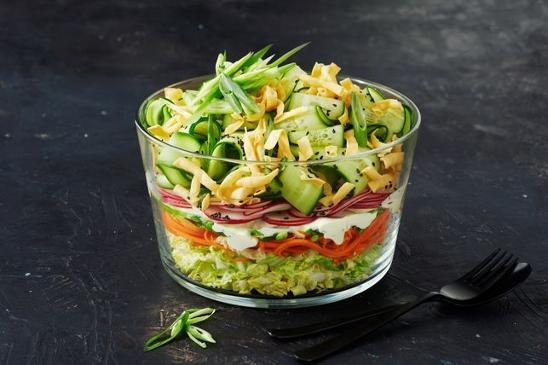
Asian cuisine is surprisingly diverse. It includes the curries of India, the fresh herbs of Vietnam, the dumplings and noodles of China, the sushi of Japan and the spicy salads of Thailand. Korea, Indonesia, Malaysia, Singapore and Sri Lanka all have their own unique cuisines.
Despite its diversity, Asian dishes share many common ingredients. Stocking your kitchen with a few fundamentals will have you on your way to cooking a whole range of delicious Asian dishes.
Start by stocking your kitchen with a few handy utensils
Wok: Woks are a must-have utensil for Asian cooking. Cooking with a wok has several advantages. Their rounded, versatile shape allows for even heating of food which requires less cooking time and less oil resulting in healthier dishes. Their bowl-like shape is ideal for stir-frying, pan-frying, deep-frying, poaching, braising and boiling. The high sides make it easier to toss food without spilling and you can even steam in your wok as the sloping sides are perfect for holding a bamboo steamer. You can purchase an inexpensive and good quality carbon-steel wok from your local Chinatown or Asian supermarket. A one-handled 13-inch wok is a good all-round wok and perfect for cooking dishes like stir-fries or pad Thai.
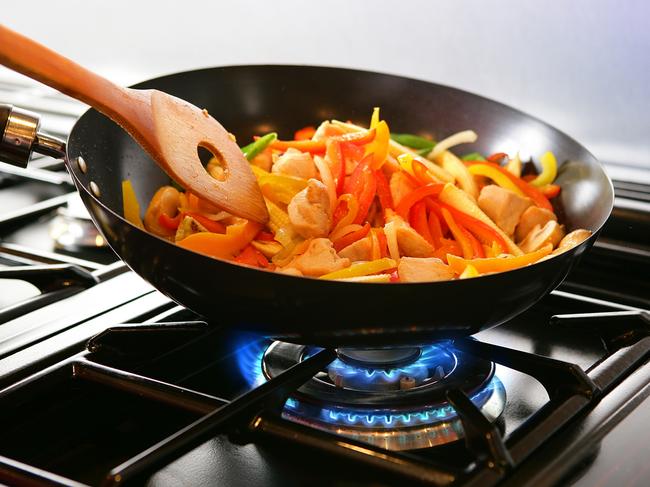
Wok Spatula: A type of spatula ideal for stir-frying and tossing food around the curved side of the wok.
Tongs: Tongs are useful for turning food or picking it up while keeping your hands away from the heat.
Cleaver: A cleaver is a large knife ideal for chopping through bones. Purchase a smaller cleaver for slicing vegetables.
Bamboo steamer: Bamboo steamers are used to steam various foods such as dumplings, fish or vegetables. Steaming rather than boiling food retains flavours, colours and nutrients.
Mortar & pestle: A ‘mortar’ is a heavy bowl, usually of stone such as granite or marble with a rough, curved surface. The ‘pestle’ is a bat-shaped tool used to grind inside the mortar.
Mortar & pestles are used for crushing, pounding, grinding or mixing ingredients. They are commonly used in Asian cooking to crush spices or garlic or to make curry pastes. When using a mortar & pestle, place it on a very sturdy work surface that won’t crack or break under the pressure of the pounding.
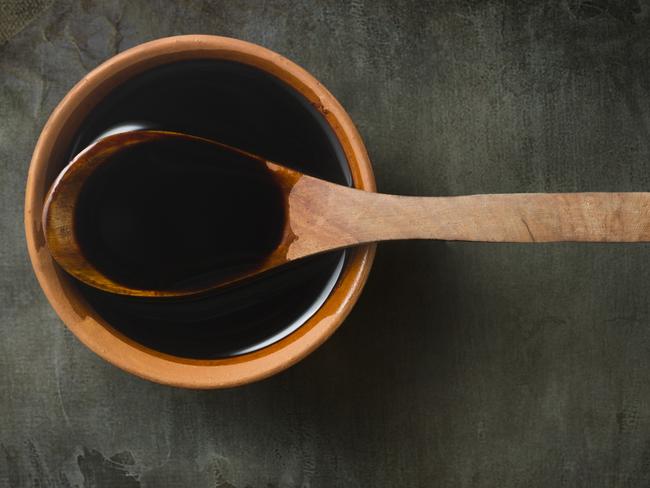
Know your soy sauces
Soy sauce is an essential ingredient and condiment used in Chinese, Japanese and Southeast Asian kitchens. Soy is brewed using fermented soy beans combined with wheat, water and salt.
There are a whole range of soy sauces on the market. For the best results use Chinese soy sauce when cooking Chinese, Japanese soy when cooking Japanese and Thai soy when cooking Thai cuisine.
Light soy, also called ‘soy sauce’ sauce has a delicate flavour but is saltier than dark soy. It can be used in soups, stir-fries, with white meat and seafood or for dipping.
Dark soy is thicker and darker than light soy. It’s great used with red meat dishes, to marinate or to add depth and richness to soups and sauces.
Shoyu is a slightly sweeter Japanese soy sauce used to salt and flavour soups, stews, seafood, meat and vegetables. It’s also commonly used for dipping sushi and sashimi.
Tamari is a naturally brewed Japanese soy sauce that is slighter thicker than regular soy and fermented without using wheat.
Kecap manis is a thick, sweetened soy sauce commonly used in Indonesian cuisine.
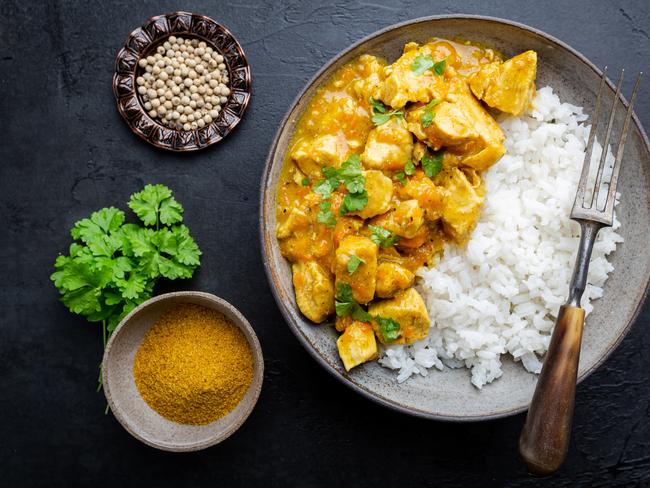
Stock your pantry
Stock your pantry with a few essential Asian ingredients that will add variety to your meals.
Rice: With so many types of rice to choose from, it can be hard to known which is the right one for you. For Asian cuisine, stock your pantry with either jasmine or basmati rice. Both are versatile and suitable for Thai, Vietnamese, Chinese and Indian cuisines. For Japanese recipes, choose either sushi rice or a Japanese short-grain.
Fish sauce: Also known as ‘nam pla’, fermented fish sauce is an essential ingredient used in Thai and Vietnamese cooking to salt and enhance the overall depth and flavour of a dish. When purchasing fish sauce choose clear, amber-brown colour liquid with no sediment.
Palm sugar: Palm sugar or ‘jaggery’ is unrefined sugar made from the sap of the sugar palm tree. It’s widely used in both sweet and savoury Southeast Asian dishes. To use palm sugar, shave the sugar off the cake using a sharp knife. To store, keep in an airtight container. If unavailable, palm sugar can be substituted with full-flavoured brown sugar.
Curry pastes: If you have time, try making your own curry pastes and powders however the quickest way to enjoy curries at home is with store-bought curry pastes. For Thai curries, stock your pantry with green, red and yellow curry pastes. Green curry paste is best used with chicken, pork or seafood while red curry paste is best with beef, lamb or oily fish like salmon or trout. Yellow curry paste, commonly used in Massaman curries, is best used with beef or lamb. Indian curry pastes and powders are also available at supermarkets.
Oyster sauce: Oyster sauce is an essential ingredient used in Asian cooking. The intense, salty sauce is used to add flavour and add colour to stir fries, noodle and vegetable dishes. Try serving oyster sauce with greens such as broccoli, Brussels sprouts or Chinese greens like bok choy or gai lan.
Spices: Spices are usually sold dried or powdered and are an integral part of Asian cooking. They form the basis of Thai curry pastes, Indian curry powders and Chinese spice mixes.
Chilli flakes: Dried chilli flakes are used to add heat to stir-fries, noodles and curry pastes. Add sparingly at the beginning of cooking to release their heat.
Cardamom: The fragrant perfume of cardamom is used flavour Indian and Thai dishes from curries to desserts and drinks. Ground or loose seeds and green pods are available at most supermarkets.
Cumin: Dry roast whole or ground cumin seeds to release their nutty, peppery flavour and add to curries, stews, rice dishes or to yoghurt.
Cinnamon: The fragrant, sweet and warm flavour of cinnamon is used to flavour curries, stews, baked goods or desserts. Sold ground or as quills or sticks.
Cloves: Dried cloves can be purchased whole or ground and should be used sparingly. The heady aroma is used to flavour both sweet and savoury dishes such as curries, stews or rice puddings.
Curry Powder: Curry powder is a ready-made spice mix that can contain up to 10 different spices. Use curry powder to enhance flavours of dishes such as soup, lentil or potato dishes, dry curries or in marinades.
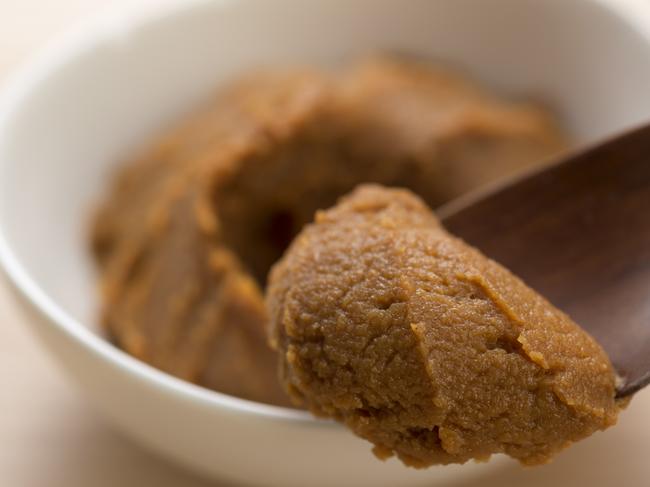
Garam masala: A warm spice mixture used in Indian dishes at the end of cooking which includes ground coriander seeds, chilli, black pepper, fennel seeds, cumin seeds, cardamom and cinnamon sticks. Garam masala can be purchased ready-made.
Coriander: Used whole or powdered, coriander seeds form the basis of many Thai and Indian curry pastes and powders. Try dry-toasting the seeds before crushing to release the oils.
Five spice powder: Five spice is a flavoured-packed spice mix found predominantly in Chinese cooking. The powder is a blend of fennel seeds, star anise, Szechuan peppercorns, cinnamon, white peppercorns and cloves. It’s commonly used to flavour dishes like salt & pepper squid and is perfect for balancing the richness of fatty meats like pork and duck.
Star anise: Sold whole or powdered, star anise is used in both Arabic and Asian cooking, especially Chinese, where it’s favoured in pork and duck dishes.
Turmeric: A relative of ginger root, turmeric can be purchased fresh but is most commonly found in powdered form. The vivid yellow powder is used to flavour curries, lentil, rice and potato dishes.
Oils: Many Asian dishes require fast cooking and high temperatures. Oil for frying should have a high smoke point and be relatively neutral in flavour making both peanut and sunflower oils suitable for high temperatures. Both are commonly used in Asian cooking.
Stocking your pantry with different types of oils will make cooking more efficient and add variety to your meals. A few essential oils to stock include sunflower oil for deep-frying or stir-fries. Sesame oil is great for flavouring Thai, Chinese or Japanese-inspired dishes or marinating meat but should be used sparingly.
Coconut milk: Coconut milk forms the basis of Thai curries and many soups and desserts. Southern Indian curries also feature coconut milk. Coconut milk is most commonly sold in cans or cartons. Coconut milk is thinner than coconut cream, while ‘light’ coconut milk has a thinner consistency but is also lower in fat.
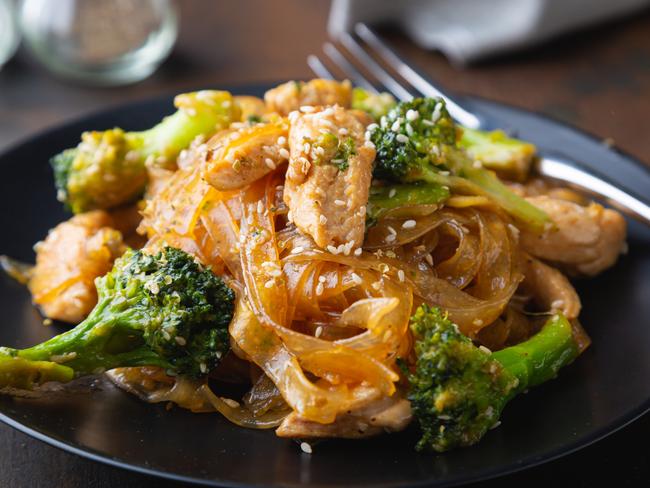
Shrimp paste: Shrimp paste is made of fermented shrimps that are salted, dried and compressed and packaged. Use sparingly to flavour Thai and Chinese dishes such as soups, stir-fries, sauces and rice dishes. Add at the beginning of cooking to release the rich, aromatic flavours.
Sweet chilli sauce: Sweet Chilli Sauce is a slightly spicy and sweet Thai condiment used for spring rolls, fried chicken and fish dishes.
Black rice vinegar: Popular in southern China, black rice vinegar has a deep, smoky flavour which works well in braises or as a dipping sauce.
Red rice vinegar: This tart, sweet vinegar makes a great dipping sauce and is commonly used soup, seafood and noodle dishes.
c: Miso is one of the most important ingredients used in Japanese cooking. The fermented soybean paste has a salty taste, buttery texture and unique nutritional profile which make it a versatile condiment for a range of different recipes, including the traditional miso soup. There are six different types of miso. The most commonly used outside of Japan is the smooth & salty ‘Shinshu-miso’. The yellow paste can be used in soups, stews, marinades, dips or dressings.
For more recipe ideas, go to taste.com.au or check out the Taste Test Kitchen now.
Originally published as Asian kitchen and pantry basics

